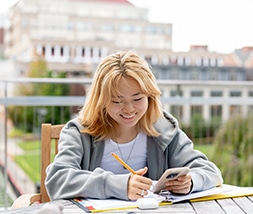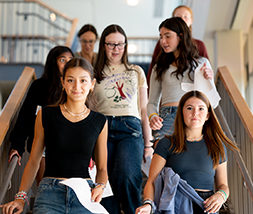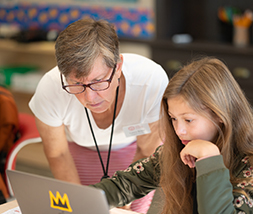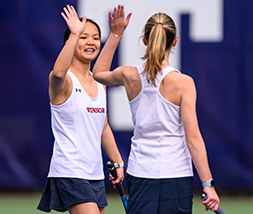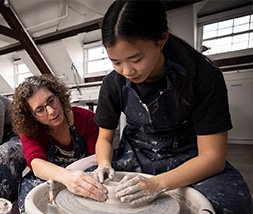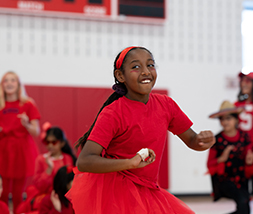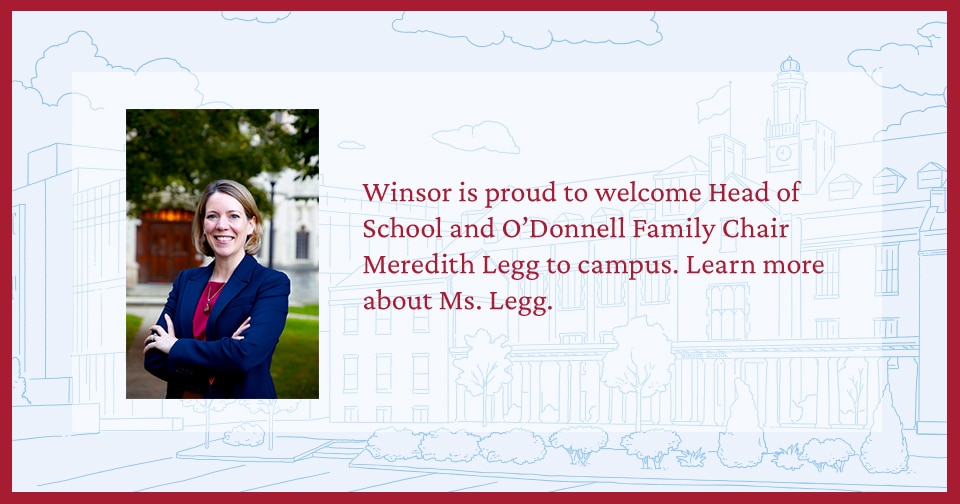Finding the Whimsies
I do a lot of jigsaw puzzles. In fact, I have become something of a snob about them. The world is awash in jigsaw puzzles, many of them made of cardboard, with very similar, square-shaped pieces—sometimes 1,000, which is a lot. In the case of these large cardboard puzzles, because the pieces are all more or less the same, the challenge is based entirely on the picture itself, matching colors and patterns until it’s complete. People have opinions about whether or not you are allowed to consult the box cover while you are putting the puzzle together—in fact, you have to know your fellow puzzlers or you can ruin friendships over such debates. Further, you have to know whether or not you are ok with “fellow puzzlers” at all. Some people are loners. Some insist on putting together the edge pieces first. Some are adamant about who gets to place the last piece. Some people have uncles who steal a piece of the puzzle just so that they can be the one to put the last piece in.
And if you want to up your game, there are jigsaw-puzzle competitions—two of my friends are competitive puzzlers, and they have very impressive systems for sorting pieces and completing puzzles with astonishing speed.
I am always happy to be part of a group doing a 1,000-piece puzzle, and I always try to play by whatever rules I am told. But that is not what draws me to puzzles on my own time. The puzzles that I prefer are wooden, laser cut, and full of what they call “whimsies,” which are pieces cut in wonderful shapes related to the puzzle’s picture or theme. A winter scene will have pieces shaped like deer and bunnies, people on sleighs, stars, snowflakes and swirling clouds. A Vermeer painting of musicians will have quarter notes and violins, people playing flutes, an easel, window-shaped pieces framing the actual faces in the painting itself.
The puzzles I love best are paintings, larger canvases shrunk down to 12” x 18” for the sake of the puzzle, 500 or more pieces that almost never have similar shapes. For me, this is a kind of meditation; I can get lost easily and forget time. There is the joy of finding the right piece, seeing your own brain recall shapes and colors as you find a long-sought-for piece. I can listen to jazz, and talk with my family, and look for patterns and matches.
But more than that, you get to know the tiniest details of the paintings: you see that Manet’s winter scenes have no white in them at all—the snow is yellow, blue, or gray; Bruegel’s little figures in the distance are actively skating or playing ball in delightful detail; the vast landscape in a modern print of the Rocky Mountains turns out to be almost three-quarters sky though it does not seem so on first glance.
This puzzling allows me to pay deep attention, and to realize that what I think I am seeing is not, in the end, what is actually there. I get to discover and rediscover relationships, colors, connections. I am constantly reminded that the world is more beautiful and more complex than I notice at first. Maybe puzzles aren’t your thing, which I understand. My children think I am nuts. No matter: there are many other things you might do that ask for time and careful focus. These days, however, we are almost always in multi-tasking mode, trying to complete ten things at once, feeling a certain rush of pride and excitement when we can pull it off. But there is another rush of excitement that comes with truly seeing things. Ideally, we would take this time and attention with one another, listening and observing, making connections and discoveries, and finding the “whimsies” in one another and our world.
